Biomass electricity is a relatively new and potential field, so the biomass power plant under construction in the province is expected to open a new step forward, creating a clean, sustainable energy source from the abundant source of rice husks.
With large rice output, Hau Giang and the Mekong Delta provinces have an abundant supply of rice husks.
Abundant raw materials
For a long time, rice husks after being milled have been used as direct fuel by people. In recent years, rice husks have also been turned into firewood, pellets, or pressed panels for construction and interior decoration. However, the amount of rice husks used is only a very small proportion compared to the amount of rice husks discharged each year.
The potential for this waste is huge. Instead of burning or throwing it away, recently rice husks have been studied for application to generate biomass electricity. Biomass electricity is the use of biomass to produce electricity. This is a form of renewable energy and has a large reserve, so many countries are interested in investing and developing it. Scientists calculate that every 5kg of rice husks produces 1kWh of electricity, so with millions of tons of rice husks, Vietnam can collect hundreds of MW of electricity each year.
According to the Mekong Delta biomass power development plan of the Ministry of Industry and Trade , the biomass power potential in Hau Giang province is about 60MW. Of which, rice husk power is 30MW, straw power is 10MW, and bagasse power is 20MW. On that basis, Hau Giang has had many activities to promote and call for investment in the field of renewable energy, especially biomass power projects.
Hau Giang Biomass Power Plant Project has a capacity of 2x10MW, built in Thuan An ward, Long My town, with a land use scale of over 10 hectares. The plant uses traditional steam condensing turbine technology, using biomass fuel, which is carbon neutral and environmentally friendly. When put into operation, this will be the first grid-connected biomass power plant using rice husk fuel to be put into operation in Vietnam, contributing to diversifying power generation sources and ensuring energy security in the province in particular and the Mekong Delta region in general.
Many benefits
The representative of Erex Biomass Power Group said that Hau Giang Biomass Power Plant will apply advanced technologies and models of Japanese biomass power plants. With extensive experience in building plants and operating in this field, the province can be completely assured. The plant in Hau Giang is currently being built according to the roadmap that the Group previously committed to the province, with a plan to complete and put into use in the fourth quarter of 2024.
The factory in Hau Giang is expected to use rice husks as input material to generate electricity. In addition, the Group also wishes to work with relevant local departments and branches to find new sources of biomass fuel for use in the biomass power plant in Hau Giang and the factories that the Group will build in the future.
Mr. Ngo Minh Long, Director of the Department of Agriculture and Rural Development of Hau Giang province, said: Hau Giang has by-products that can be used as fuel for the factory. First of all, forest trees (star apple, oil, purple-flowered tree, cajuput tree...) with an output of about 25,000-27,000m3/year. With this output, there is an additional source that can be used as fuel for the factory. The second subject is rice, with a total area of about 177,800ha, by-product output of 1.4 million tons. Of which, straw is about 711,000 tons, stubble is about 474,000 tons, and rice husks are 237,000 tons.
“We want the company to research how to recover straw and stubble to increase fuel for the factory. Because we currently make it from rice husks, but rice husks are difficult to purchase. Straw and stubble have a very large output, but most of it is burned, which is a waste,” Mr. Ngo Minh Long suggested.
- According to Mr. Long, the province also has some other by-products that can be studied and applied, such as the vegetable group, an area of about 29,000 hectares, by-products of about 68,000 tons. Sugarcane, about 3,286 hectares, about 220,000 tons of by-products/year. Fruit trees about 45,800 hectares, by-products of about 45,000 tons/year.
Mr. Nghiem Xuan Thanh, member of the Party Central Committee, Secretary of the Provincial Party Committee, said that the project is of great significance to the province. The project uses locally available raw materials, specifically rice husks. This is the largest rice husk fuel project in Vietnam to date. With such technology, when used, the environment will be ensured. If people burn rice husks outside, they will not only have no income but also affect the environment.
“We highly appreciate the significance of this project. When put into operation, it will solve both direct and indirect labor, including labor related to purchasing, direct labor at the factory. And contribute a part of the budget to Long My town as well as Hau Giang province. Along with that, the project going into operation and supplying electricity will solve part of the electricity demand in the area, contributing to the national grid, providing electricity to over 90,000 households. Hopefully the project will operate on schedule, bringing efficiency to investors and Hau Giang province”, Mr. Nghiem Xuan Thanh emphasized.
Article and photos: MONG TOAN
Source


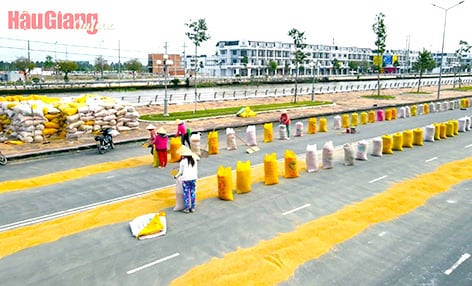

![[Photo] Press delegation meeting to visit Truong Sa and DK1 Platform](https://vphoto.vietnam.vn/thumb/1200x675/vietnam/resource/IMAGE/2025/5/22/6b8d232877ec421a9e8187d83b9f8006)
![[Photo] General Secretary To Lam chairs a working session with the Central Internal Affairs Commission](https://vphoto.vietnam.vn/thumb/1200x675/vietnam/resource/IMAGE/2025/5/22/3b7790f499da45b2803d8ae253207ef1)
![[Photo] Prime Minister Pham Minh Chinh chairs meeting on draft Resolution of National Assembly on International Financial Center in Vietnam](https://vphoto.vietnam.vn/thumb/1200x675/vietnam/resource/IMAGE/2025/5/22/d398664ff1a140629169ea5a24e1b4d0)

![[Photo] T&T 1 and Ho Chi Minh City 1 People's Police Teams won the men's and women's team championships](https://vphoto.vietnam.vn/thumb/1200x675/vietnam/resource/IMAGE/2025/5/22/39db06ae67cb4001b7a556e8d9a56d07)
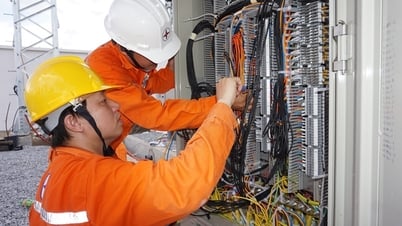

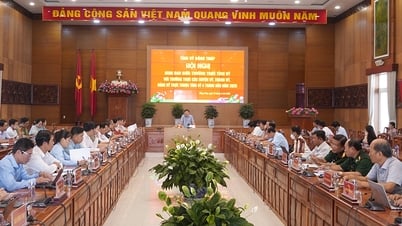
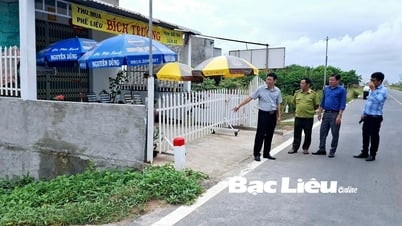
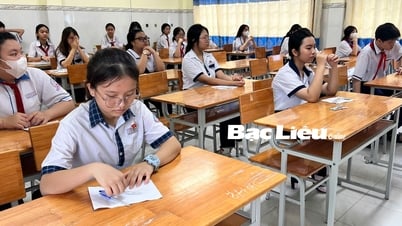
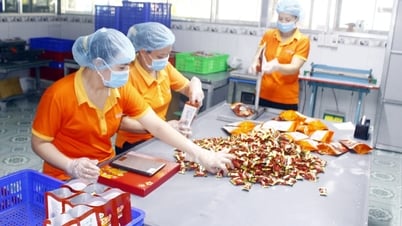




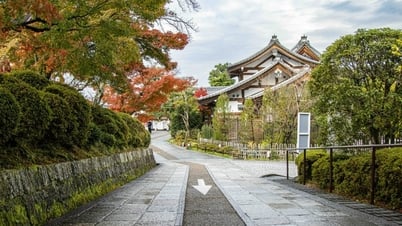




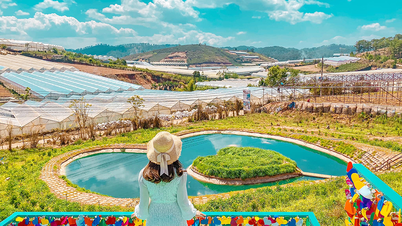
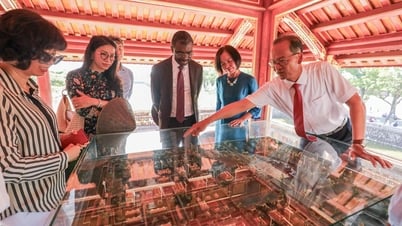









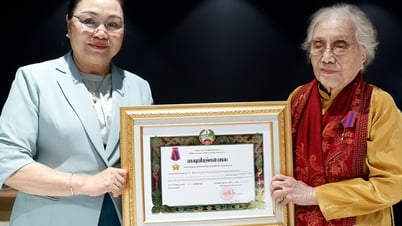

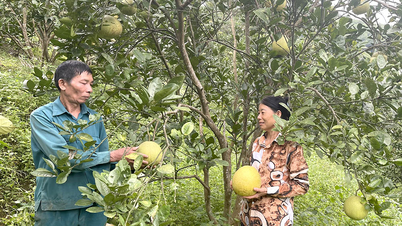
















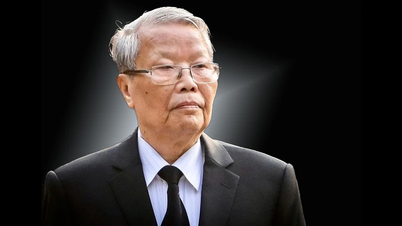


![[Infographic] Investment project to build Tu Lien bridge and roads at both ends of the bridge](https://vphoto.vietnam.vn/thumb/402x226/vietnam/resource/IMAGE/2025/5/23/3c167ece69cb4aecb3e55de5ebc38b88)
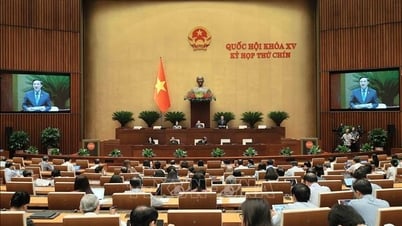
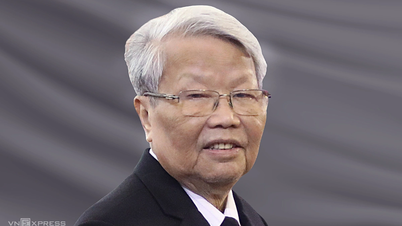



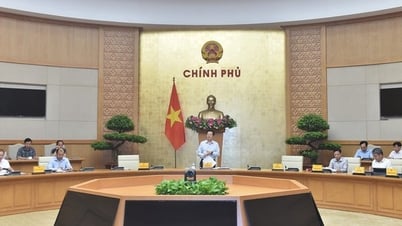
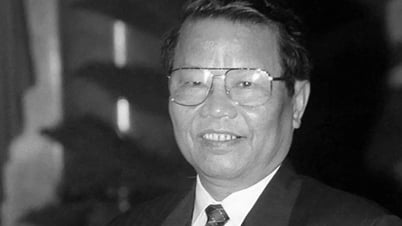








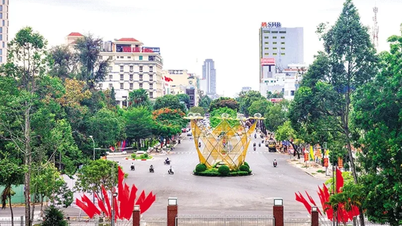

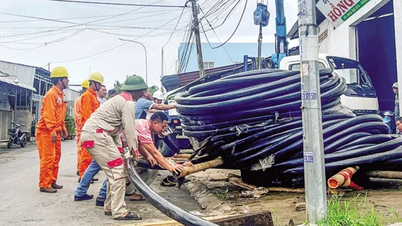
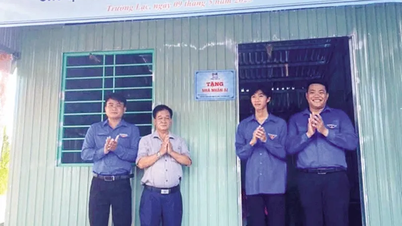
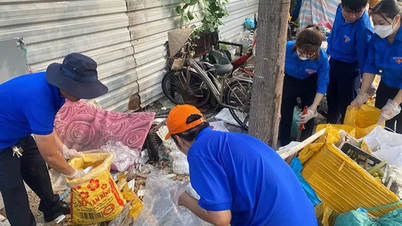




![[Podcast] Week introducing more than 500 OCOP products in Hanoi](https://vphoto.vietnam.vn/thumb/402x226/vietnam/resource/IMAGE/2025/5/22/d144aac2416744718388dbae3260e7fd)




Comment (0)